Home>Dining>Table Decor>How To Set A Table For Buffet Style Wedding
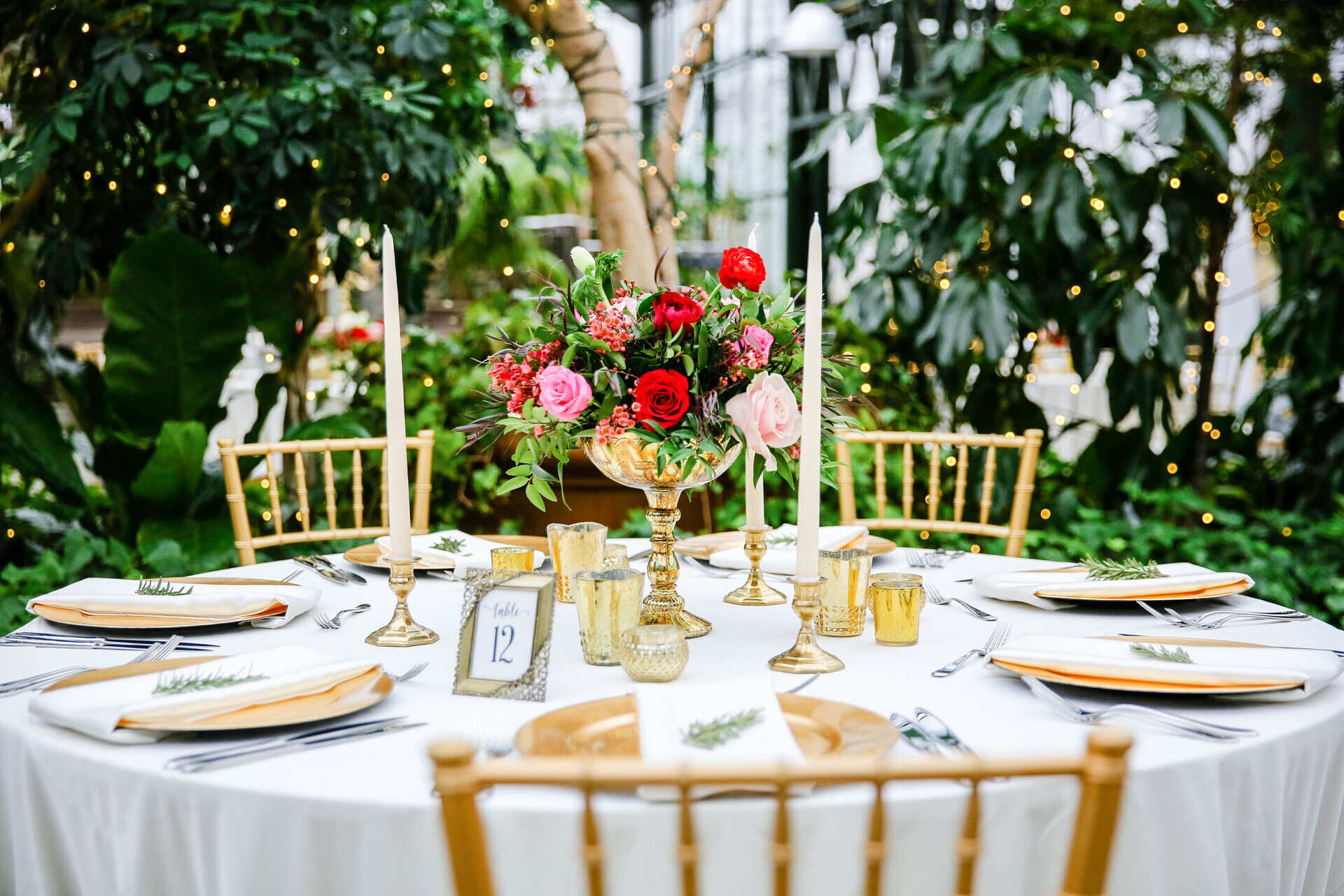

Table Decor
How To Set A Table For Buffet Style Wedding
Modified: January 21, 2024
Learn how to set a stunning table for a buffet style wedding with our expert tips and table decor inspiration. Create a memorable and elegant dining experience for your guests.
(Many of the links in this article redirect to a specific reviewed product. Your purchase of these products through affiliate links helps to generate commission for Storables.com, at no extra cost. Learn more)
Introduction
Welcome to the wonderful world of table decor! Whether you’re a seasoned pro or just starting out, knowing how to set a table for a buffet style wedding can make all the difference in creating a memorable and enjoyable dining experience for your guests. Buffet style weddings have become increasingly popular due to their versatility and ability to accommodate a wide range of tastes and dietary preferences. In this article, we will guide you through the process of setting up a buffet, providing you with tips and tricks to ensure a seamlessly elegant and well-organized event.
Buffet style weddings offer a number of benefits that make them an attractive option for couples planning their big day. Firstly, they allow for greater flexibility in menu selection, giving guests a wider range of options to choose from. This is particularly beneficial for accommodating varying dietary needs such as vegetarian, vegan, gluten-free, or other special requests. Secondly, buffet style weddings allow for a more casual and relaxed atmosphere, creating an environment where guests can mingle and socialize more freely. Lastly, buffets can often be more cost-effective, as they typically require less staffing and allow for portion control.
When choosing the location for your buffet, consider both the functionality and aesthetics of the space. Ensure that there is enough room for guests to comfortably move around and access the food stations. It’s also important to consider the flow of traffic to avoid any bottlenecks. Additionally, take into account the overall design and ambiance of the venue. Consider matching the table decor and theme of the wedding to create a cohesive and visually stunning experience for your guests.
Before diving into the setup, make sure you have all the necessary equipment and supplies on hand. This may include chafing dishes, serving utensils, plates, napkins, cutlery, and glassware. You can either rent these items or coordinate with your catering company to provide them. Having everything prepared and organized in advance will streamline the setup process and ensure a smooth flow throughout the event.
Key Takeaways:
- Create a visually stunning and flexible buffet setup for a memorable wedding dining experience. Consider location, equipment, food organization, and etiquette to impress and accommodate guests.
- Troubleshoot common buffet issues and ensure a seamless dining experience. Address congestion, food temperature, dietary needs, and guest etiquette to maintain a harmonious and enjoyable event.
Read more: How To Style A Buffet Table
Benefits of a Buffet Style Wedding
A buffet style wedding offers numerous advantages that make it an appealing choice for couples planning their special day. Let’s explore some of the key benefits:
- Menu Variety: One of the biggest advantages of a buffet style wedding is the wide variety of food options available to guests. Unlike a plated dinner where guests are limited to one or two choices, a buffet allows for multiple dishes and cuisines to be offered. This ensures that there is something for everyone, catering to different tastes and dietary preferences.
- Flexibility: Buffet style weddings are incredibly flexible, making them suitable for various wedding themes and styles. Whether you’re having a formal dinner or a casual outdoor affair, a buffet can adapt to the atmosphere you want to create. You can customize the food choices to reflect the theme of your wedding, creating a cohesive experience for your guests.
- Interaction and Socialization: Buffets encourage guests to interact and socialize more freely compared to a plated dinner. As guests get up to serve themselves, they have the opportunity to mingle and engage in conversations with other attendees. This creates a relaxed and convivial atmosphere, allowing guests to enjoy the celebration to the fullest.
- Catering to Dietary Restrictions: Buffet style weddings are perfect for accommodating dietary restrictions and preferences. With a variety of dishes on offer, guests with specific dietary needs, such as vegetarians, vegans, or gluten-free individuals, can easily find suitable options. This inclusivity ensures that all guests can enjoy the meal without feeling restricted or left out.
- Portion Control and Waste Management: Buffets provide better portion control as guests can choose how much food they want to put on their plates. This helps reduce food wastage and allows for better management of resources. Additionally, any leftover food can be easily packed and taken home by guests, minimizing waste and ensuring nothing goes to waste.
Overall, a buffet style wedding offers a variety of advantages, from the abundance of menu choices to the interactive and social atmosphere it creates. It is a versatile option that allows you to cater to different tastes and dietary needs, ensuring a memorable and enjoyable dining experience for your guests.
Choosing the Right Location for the Buffet
When planning a buffet style wedding, selecting the perfect location for your buffet setup is crucial. The right location can enhance the overall dining experience and ensure smooth flow and accessibility for your guests. Here are some key factors to consider when choosing the location for your buffet:
- Space and Accessibility: Ensure that you have enough space to set up the buffet tables and allow for a smooth flow of guests. Consider the number of guests attending and factor in the space needed for serving stations, food displays, and guest movements. The location should have ample space for guests to comfortably access and move around the buffet area without congestion or delays.
- Proximity to Dining Area: Ideally, the buffet location should be conveniently located near the dining area. This allows guests to easily access the food stations and return to their tables without having to travel long distances. Keeping the buffet close to the dining area also helps maintain the overall ambiance and ensures that guests can enjoy their meals in a timely manner.
- Aesthetics and Design: Consider the aesthetic appeal and design of the location. The buffet area should blend seamlessly with the overall theme and decor of your wedding. A visually pleasing setup enhances the dining experience and creates a cohesive atmosphere. You can incorporate elements such as floral arrangements, decorative linens, or personalized signage to elevate the visual appeal of the buffet area.
- Guest Convenience: Choose a location that is easily accessible for guests, particularly those with mobility concerns or disabilities. If your venue has multiple levels or areas, ensure that the buffet is located on the same level or provide alternate means of accessibility, such as ramps or elevators. Making the buffet easily reachable for all guests shows thoughtfulness and consideration.
- Temperature Control: Consider the temperature and climate of the location when setting up the buffet. If the buffet is outdoors or in an area with fluctuating temperatures, make sure to have proper heating or cooling arrangements in place. Hot food should be kept at the appropriate temperature to ensure food safety and guest satisfaction.
Ultimately, the location you choose for your buffet should provide ample space, easy accessibility, and visually complement the overall theme of your wedding. Keep the comfort and convenience of your guests in mind to ensure a seamless and enjoyable dining experience.
Necessary Equipment and Supplies
Setting up a buffet for a wedding requires the right equipment and supplies to ensure a smooth and successful event. Here are some essential items you will need:
- Chafing Dishes: Chafing dishes are a staple in buffet setups. They help keep hot food items warm and prevent them from drying out. Invest in a variety of chafing dishes in different sizes to accommodate a range of dishes.
- Serving Utensils: You’ll need a selection of serving utensils such as serving spoons, tongs, ladles, and forks. These utensils should be durable, easy to handle, and suitable for different types of food items. Consider having extra utensils on hand to ensure a smooth service in case some get misplaced or dirty.
- Plates, Napkins, and Cutlery: Provide an ample supply of plates, napkins, and cutlery for your guests. Opt for high-quality disposable plates and cutlery or consider renting ceramic or glassware for a more upscale presentation. Ensure there are enough napkins available at each food station for guests to easily grab.
- Table Linens: Use tablecloths and table runners to add elegance and style to your buffet setup. The table linens should complement the overall color scheme and theme of your wedding. Consider using different linens for different food stations to create a visually appealing display.
- Glassware and Drinkware: If you’re offering beverages alongside the buffet, make sure to provide appropriate glassware and drinkware. This may include wine glasses, water glasses, champagne flutes, and cocktail glasses. Remember to have enough quantity to avoid running out during the event.
- Decorative Displays: Enhance the aesthetic appeal of your buffet by incorporating decorative displays such as tiered stands, platters, and make beaded wine glasses part of your setup. These elements can be used to showcase appetizers, desserts, or other specialty items, adding a touch of elegance that aligns with your wedding theme.
- Food Label Holders: To help guests identify the different dishes and navigate the buffet more easily, use food label holders. These holders can be inserted into the dishes or placed on the table next to each food item. Clearly label each dish with the name and any relevant dietary information.
- Trash and Recycling Bins: Place conveniently located trash and recycling bins throughout the buffet area. This encourages guests to dispose of their used plates, napkins, and other waste responsibly, keeping the space clean and uncluttered.
These are the basic equipment and supplies you will need to set up a buffet for your wedding. Depending on your menu and specific requirements, you may need to add or customize some items to suit your needs. Be well-prepared and organized to ensure a seamless and enjoyable dining experience for your guests.
Setting Up the Buffet Area
Setting up the buffet area is a crucial step in ensuring a well-organized and visually appealing dining experience for your guests. Follow these tips to create an inviting and functional buffet setup:
- Designate a Clear Space: Choose a designated area for the buffet setup that allows ample room for guests to walk around and access the different food stations. Ensure that the area is easily visible and accessible from various angles, making it convenient for guests to navigate.
- Layout Considerations: Arrange the food stations in a logical flow, starting with appetizers and salads, followed by main courses, and ending with desserts. Clearly mark each station with signage or decorative elements to help guests identify the different areas.
- Table Setup: Use sturdy and level tables as the foundation for the buffet. Arrange the tables in a way that promotes smooth traffic flow and prevents congestion. Consider using table risers or platforms to create varying heights, adding visual interest to the buffet display.
- Table Linens: Dress the tables with elegant and coordinated table linens. The linens should complement the overall theme and color palette of your wedding. Select tablecloths and runners that are long enough to cover the tables fully and hang slightly over the edges for a polished look.
- Buffet Decor: Add decorative elements such as floral arrangements, candles, or themed props to enhance the visual appeal of the buffet area. These elements should complement the table linens and create a cohesive and inviting atmosphere.
- Food Arrangement: Arrange the food items in an organized and eye-catching manner. Use different levels and heights to create visual interest. Group similar dishes together to make it easier for guests to navigate and locate their desired selections.
- Provide Ample Lighting: Ensure that the buffet area is well-lit to showcase the food and create an inviting atmosphere. Use subtle and warm lighting that complements the overall ambiance of the venue. Avoid harsh or glaring lights that may diminish the overall dining experience.
- Consider Flow and Accessibility: Allow enough space between food stations and set up multiple access points to prevent congestion. Place utensils, plates, and napkins at the beginning of the buffet line to streamline the flow. Provide clear guidance on where guests should begin and end their buffet journey.
- Display Labels and Allergen Information: Use food label holders or small signage to clearly label each dish and provide information about potential allergens or dietary restrictions. This will help guests make informed choices and avoid any potential issues.
- Keep it Neat and Tidy: Assign a designated staff member or volunteer to monitor the buffet area and keep it clean and organized. Regularly restock and replenish food items to ensure a plentiful and visually appealing display.
By following these tips, you can create a beautiful, organized, and guest-friendly buffet area that sets the stage for a memorable and enjoyable dining experience. Remember to pay attention to the details and ensure that the setup aligns with the overall theme and style of your wedding.
Organizing the Food Stations
When setting up a buffet for a wedding, organizing the food stations is crucial for creating a smooth and efficient dining experience. Here are some tips for effectively organizing the food stations:
- Categorize the Food: Group similar food items together to create distinct stations. Categorize dishes based on their type, such as appetizers, main courses, side dishes, and desserts. This will make it easier for guests to find what they’re looking for and navigate the buffet more efficiently.
- Set Up Appetizer and Salad Stations: Start the buffet with appetizers and salads. Offer a variety of options, including dips, cheese platters, and salad bowls. Ensure that these stations are well-stocked and visually appealing to entice guests to start their meal off with a delicious bite.
- Main Course Selection: Arrange the main course dishes in a logical order. Start with vegetarian or vegan options, followed by meat or seafood dishes. Consider offering multiple protein options to accommodate guests with different preferences. Display the main course dishes prominently to make them the centerpiece of the buffet.
- Side Dish Station: Create a separate station for side dishes such as rice, potatoes, vegetables, and bread. Use chafing dishes or individual serving bowls to keep the side dishes warm and visually appealing. Ensure that the side dish station is conveniently located near the main course area.
- Dessert Display: Dedicate an area specifically for desserts, including cakes, pies, pastries, and fruit platters. Use tiered stands or decorative dessert trays to showcase the sweet offerings. Consider offering a variety of flavors and textures to satisfy different palates.
- Beverage Station: Create a separate station for beverages, including water, soft drinks, juices, and specialty cocktails. Provide a variety of glassware, such as wine glasses, water goblets, or disposable cups, depending on the formality of the event. Ensure that the beverage station is easily accessible and well-stocked throughout the event.
- Allergen and Dietary Labels: Place small signs or labels next to each dish to indicate any allergens or dietary restrictions. This will help guests make informed choices and avoid potential allergens. Consider offering gluten-free, vegetarian, and vegan options to cater to various dietary preferences.
- Consider a Live Cooking Station: To add an interactive and engaging element to the buffet, consider incorporating a live cooking station. This could include a pasta station, a carving station, or a made-to-order omelet station. A live cooking station not only provides fresh and customized options but also adds a visual element and entertainment value for guests.
- Ensure Ample Space Between Stations: Allow enough room between each food station to prevent congestion. Guests should be able to comfortably access and serve themselves without feeling crowded. Consider the flow of traffic and adjust the layout accordingly to maintain a smooth and efficient buffet experience.
- Regularly Monitor and Refill: Assign staff members or volunteers to monitor the buffet stations and ensure that all items are fully stocked. Regularly replenish dishes to maintain an attractive and abundant display. Remove any empty or near-empty dishes promptly to keep the buffet area neat and appealing.
By organizing the food stations strategically and considering the flow of the buffet, you can create a well-structured and enjoyable dining experience for your wedding guests. Remember to offer a variety of options to cater to different preferences and dietary needs, and continuously monitor and refill the stations throughout the event to provide a seamless and satisfying buffet experience.
When setting a table for a buffet style wedding, arrange the plates, utensils, and napkins at the beginning of the buffet line to ensure a smooth flow for guests. This will help avoid congestion and make it easier for guests to serve themselves.
Plating and Presentation Tips
When it comes to buffet style weddings, plating and presentation play a crucial role in creating a visually appealing and appetizing dining experience for your guests. Here are some tips to help you elevate the plating and presentation of the dishes:
- Use Appropriate Serving Dishes: Choose serving dishes that complement the style and theme of your wedding. Opt for high-quality, elegant, and visually appealing platters, bowls, and trays. Consider different shapes and sizes to create visual interest and variety.
- Take Attention to Detail: Pay attention to the small details when plating the dishes. Arrange the food neatly and meticulously, making sure that each plate or platter is visually balanced with a combination of colors, textures, and shapes. Use garnishes, herbs, or edible flowers to add a pop of freshness and visual appeal.
- Consider Height and Layers: Create visual interest by incorporating varying heights and layers in your food presentation. Use tiered displays, cake stands, or risers to elevate certain dishes or create levels on the buffet table. This adds depth and dimension to the overall display.
- Choose Complementary Colors: Be conscious of color combinations when plating the dishes. Aim for a harmonious color palette that complements the overall theme of your wedding. Consider contrasting colors to create visual impact and make the food pop.
- Keep Portions in Mind: When plating individual servings, ensure that the portions are appropriate and consistent. Consider the size and capacity of the plates being used and aim for visually pleasing and well-balanced servings. Avoid overcrowding the plates or making them appear empty.
- Highlight Signature Dishes: If you have any signature or standout dishes, give them extra attention in terms of presentation. Consider featuring them on their own dedicated platter or creating a visual focal point with elaborate garnishes or decorative accents.
- Label Each Dish: Clearly label each dish with small signage or decorative cards. This not only helps guests identify the dishes but also adds a professional touch to the overall presentation. Include the name of the dish and any relevant dietary information or special ingredients.
- Keep Plates Clean and Presentable: Ensure that all plates and serving dishes are clean and free from smudges or fingerprints. Wipe off excess sauces or drips from the edges of the plates to maintain a polished appearance. Replace any damaged or chipped plates to maintain a high level of presentation.
- Regularly Refresh the Presentation: As the buffet progresses, continuously refresh and tidy up the presentation of dishes. Replace empty or near-empty platters with fresh ones. Arrange utensils and napkins neatly to maintain a clean and inviting display.
- Incorporate Personal Touches: Add personalized touches to the presentation, such as custom labels or tags with the couple’s names or wedding date. This adds a special and unique element to the overall dining experience, making it more memorable for your guests.
By following these plating and presentation tips, you can create a visually stunning and appetizing buffet setup that will impress your guests. Remember to pay attention to the details, be mindful of color combinations, and continuously refresh the presentation throughout the event to maintain an inviting and aesthetically pleasing setup.
Beverage Station and Bar Setup
Setting up a beverage station and bar is an essential part of creating a well-rounded buffet style wedding. Here are some tips to help you create a stylish and functional setup for your drinks:
- Designate a Dedicated Area: Choose a specific area for your beverage station and bar setup. This can be a separate table or a designated corner of the buffet area. Make sure it is easily accessible and visible to guests.
- Provide a Variety of Drink Options: Offer a diverse selection of beverages to cater to different preferences. This can include water, soft drinks, juices, and signature cocktails. Ensure you have alcoholic and non-alcoholic options available to accommodate all guests.
- Display Glassware: Choose glassware that complements the type of beverages being served. Provide a variety of glasses such as wine glasses, water goblets, or specialized cocktail glasses. Arrange the glassware neatly to create an inviting display.
- Chill Beverages: Keep the beverages appropriately chilled to ensure they are refreshing for your guests. Use chill bins, ice buckets, or refrigerated containers to maintain the desired temperature. Regularly replenish ice to keep drinks cold throughout the event.
- Create a Decorative Display: Enhance the beverage station by incorporating decorative elements. Use fresh fruits, herbs, or edible flowers to garnish drink displays. Consider adding themed signage, personalized coasters, or decorative straws to add a special touch.
- Offer Signature Cocktails: Consider creating one or two signature cocktails that reflect the theme or style of your wedding. Display the ingredients and recipe instructions for guests who want to create their own cocktails or customize their drinks. This adds a personal and unique touch to the beverage experience.
- Provide Clear Signage: Clearly label each beverage option with small signs or tags. Include the name of the drink and any special ingredients or alcohol content. If there are any dietary considerations such as gluten-free or vegan options, make sure to indicate that as well.
- Designate a Bartender: If you have a bar setup with alcoholic beverages, consider hiring a professional bartender to manage the bar and serve drinks. They can help create a variety of cocktails, ensure responsible alcohol service, and maintain the cleanliness and overall appeal of the bar area.
- Incorporate Non-Alcoholic Options: Offer a range of non-alcoholic beverages for guests who prefer not to consume alcohol or for those who are designated drivers. This can include mocktails, flavored water, or fun and fizzy non-alcoholic cocktails.
- Consider Self-Service Stations: Depending on the size and style of your wedding, you may choose to have self-service beverage stations or opt for a more formal bartender service. Self-service stations provide guests with the freedom to serve themselves, while bartenders can offer personalized service and guidance.
Setting up a well-organized and visually appealing beverage station and bar will enhance the overall experience for your guests. Providing a variety of drink options, incorporating decorative elements, and ensuring a clean and inviting presentation will leave a lasting impression and keep your guests refreshed throughout the event.
Buffet Etiquette and Flow Management
When it comes to buffet style weddings, proper etiquette and flow management are key to ensuring a smooth and enjoyable dining experience for all guests. Here are some tips to help maintain a pleasant atmosphere and efficient flow at your buffet:
- Encourage Guests to Wait Their Turn: Remind guests to wait patiently in line and take turns when serving themselves. This helps avoid overcrowding and ensures everyone has a fair opportunity to access the food stations.
- Start with Clean Plates: Encourage guests to begin with a clean plate for each trip to the buffet. This helps maintain food hygiene and prevents mixing different flavors or textures on one plate.
- Use Serving Utensils Properly: Provide clear instructions or signage to remind guests to use serving utensils for each dish. This helps prevent cross-contamination and maintains the overall cleanliness of the buffet.
- Keep Conversations and Movements Efficient: While it’s natural for guests to engage in conversations, encourage them to keep their conversations brief and be mindful of other guests waiting. Remind guests to move away from the food stations after serving themselves to allow others to access the food easily.
- Consider Table Assignments: If you have assigned seating, organize the buffet flow to correspond with the table assignments. This can help control the flow and prevent overcrowding at the buffet stations.
- Designate Clear Entry and Exit Points: Clearly mark the entry and exit points of the buffet area to guide guests and prevent congestion. This allows for a smooth flow and ensures guests are not impeding one another while serving themselves.
- Monitor Food Levels: Assign staff members or volunteers to regularly monitor the food levels and quickly replenish dishes when necessary. Ensure that all items remain fully stocked throughout the duration of the event.
- Manage the Beverage Station: If you have a separate beverage station, assign someone to manage it. This includes restocking drinks, ensuring there is enough ice, and keeping the station clean and presentable. Consider having a separate area for drinks to prevent congestion around the food stations.
- Clearly Label Allergens and Dietary Information: To accommodate guests with dietary restrictions or allergies, clearly label each dish with information about allergens or ingredients. This helps guests make informed choices and prevents any accidental consumption of undesired ingredients.
- Provide Ample Seating: Ensure that there is enough seating available for guests to enjoy their meals comfortably. Arrange the seating area in a way that allows guests to easily access their tables without obstructing the buffet flow.
- Maintain Cleanliness: Regularly monitor the buffet area to ensure cleanliness and tidiness. Clear away any empty plates or napkins, wipe down surfaces, and keep trash bins readily available. A clean and organized buffet area enhances the overall dining experience.
By implementing good buffet etiquette and flow management strategies, you can create a harmonious and enjoyable dining experience for your wedding guests. Clear communication, proper serving techniques, and maintaining a well-organized flow will contribute to a memorable and seamless buffet experience.
Read more: How Should I Set The Table Up Buffet Style?
Troubleshooting Common Buffet Issues
Buffet style weddings can be a wonderful dining experience for guests, but occasionally, certain issues may arise. Here are some common buffet issues and troubleshooting tips to help you address them:
- Congestion and Long Lines: If the buffet area becomes congested or long lines start to form, you can implement a few strategies to alleviate the issue. Consider adding additional serving utensils and duplicate food stations to distribute the crowd. Encourage guests to start at different points of the buffet or have a designated staff member guide guests to available stations.
- Food Running Out: Running out of a particular dish can be disappointing for guests. To prevent this from happening, monitor the food levels periodically throughout the event. Have extra batches of popular dishes ready to be replenished. If a dish does run out, promptly replace it to avoid leaving guests without options and causing frustration.
- Replenishing Food: Keeping the buffet well-stocked is essential for a successful event. Assign staff members or volunteers to monitor the food levels and replenish dishes as needed. Ensure that they are available throughout the duration of the event to promptly restock empty or near-empty platters.
- Food Temperature: It’s important to maintain the proper temperature of the food to ensure its quality and safety. Use chafing dishes, hot plates, or cold displays to keep hot food items hot and cold food items chilled. Check temperatures regularly to ensure that the food stays within the safe temperature range.
- Guests Overloading Plates: Some guests may tend to overload their plates, causing food waste and potentially leaving others with limited choices. To mitigate this, consider using smaller plates or providing guidelines for portion sizes. You can display suggested portion sizes or have staff members politely remind guests to take only what they can comfortably finish.
- Accommodating Special Dietary Needs: It’s important to cater to guests with dietary restrictions or allergies. Clearly label each dish with allergen information and dietary indicators such as vegan, gluten-free, or dairy-free. Additionally, consider offering a separate station or designated options for those with specific dietary needs to ensure they have suitable choices.
- Guest Etiquette: While most guests will follow proper buffet etiquette, there may be instances where some guests need gentle reminders. Consider placing signs or small reminders at the beginning of the buffet to encourage proper serving techniques and respect for other guests in terms of line formation, cleanliness, and conversations during the serving process.
- Communication and Direction: Clear communication and direction are key to avoiding confusion and maintaining a smooth flow. Have signs or signage to indicate the flow of the buffet, designate entry and exit points, and provide clear directions for guests. Assign staff members or volunteers to guide guests and answer any questions they may have.
- Unattended Children: Children can sometimes become overwhelmed or impatient at the buffet, leading to potential issues. Consider having a designated area or separate station with child-friendly options and readily available staff to assist them. Alternatively, you can suggest that parents accompany their children during the serving process to ensure a smooth experience.
- Contingency Plans: It’s always wise to have contingency plans in case of unexpected issues. Consider having additional food options on standby or a backup team available to assist with the buffet setup and management. This ensures that any unexpected challenges can be addressed quickly and efficiently.
By being proactive, attentive, and adaptable, you can troubleshoot common buffet issues effectively and ensure a seamless dining experience for your wedding guests. Remember to communicate openly with your catering team or staff to address any concerns promptly and focus on providing a memorable and enjoyable buffet for all attendees.
Conclusion
Setting a table for a buffet style wedding requires careful consideration of various factors to ensure a memorable and enjoyable dining experience for your guests. By following the tips and guidelines outlined in this article, you can create a well-organized and visually appealing buffet setup that caters to different tastes and dietary preferences.
A buffet style wedding offers flexibility, menu variety, and a more relaxed atmosphere compared to a plated dinner. It allows guests to mingle and socialize while enjoying a wide range of food options. Choosing the right location for the buffet, ensuring you have the necessary equipment and supplies, and setting up the buffet area with attention to detail are all essential elements in creating an inviting and visually appealing presentation.
Organizing the food stations effectively, paying attention to plating and presentation, and managing the flow of the buffet area contribute to a seamless and enjoyable dining experience. Buffet etiquette is also important, encouraging guests to wait their turn, use serving utensils properly, and maintain efficient conversations and movements. Troubleshooting common buffet issues, such as congestion, food running out, and accommodating special dietary needs, will help ensure the success of your buffet setup.
Remember, the goal is to create an inviting and visually appealing buffet that impresses your guests and leaves a lasting impression. Pay attention to the details, communicate clearly with your catering team or staff, and adapt as necessary to ensure a memorable dining experience for everyone.
So, whether you’re planning an elegant and sophisticated buffet or a casual and laid-back affair, let your creativity shine as you set the table for a buffet style wedding that will be talked about for years to come.
Frequently Asked Questions about How To Set A Table For Buffet Style Wedding
Was this page helpful?
At Storables.com, we guarantee accurate and reliable information. Our content, validated by Expert Board Contributors, is crafted following stringent Editorial Policies. We're committed to providing you with well-researched, expert-backed insights for all your informational needs.
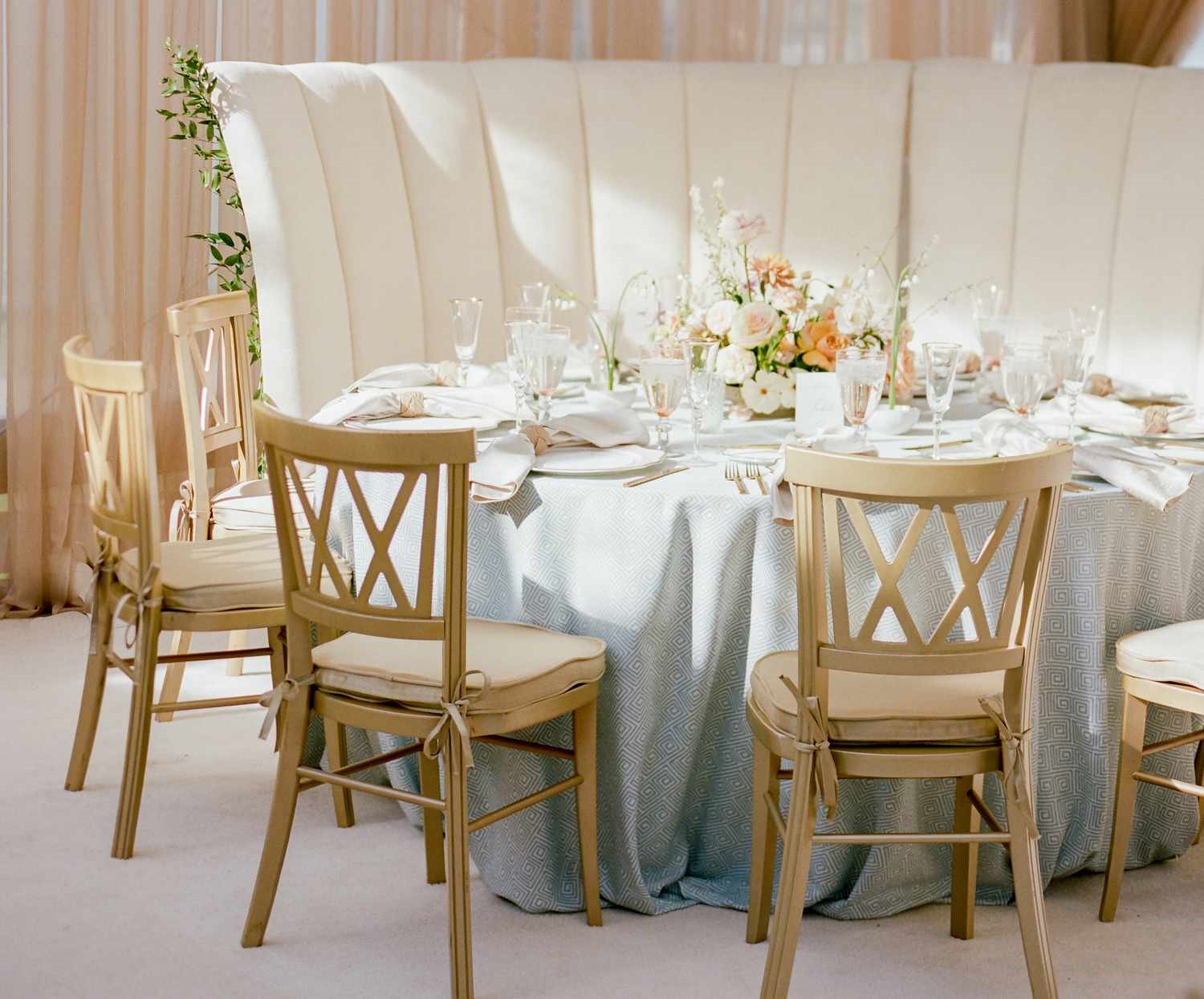
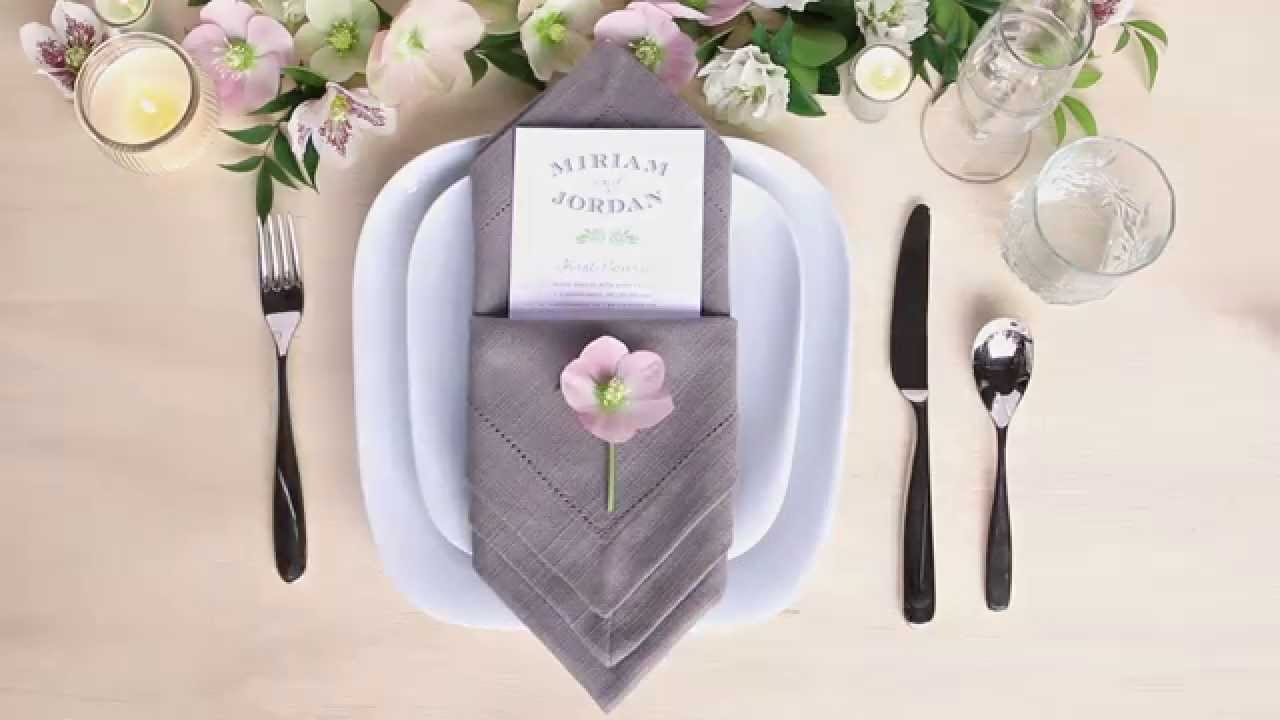
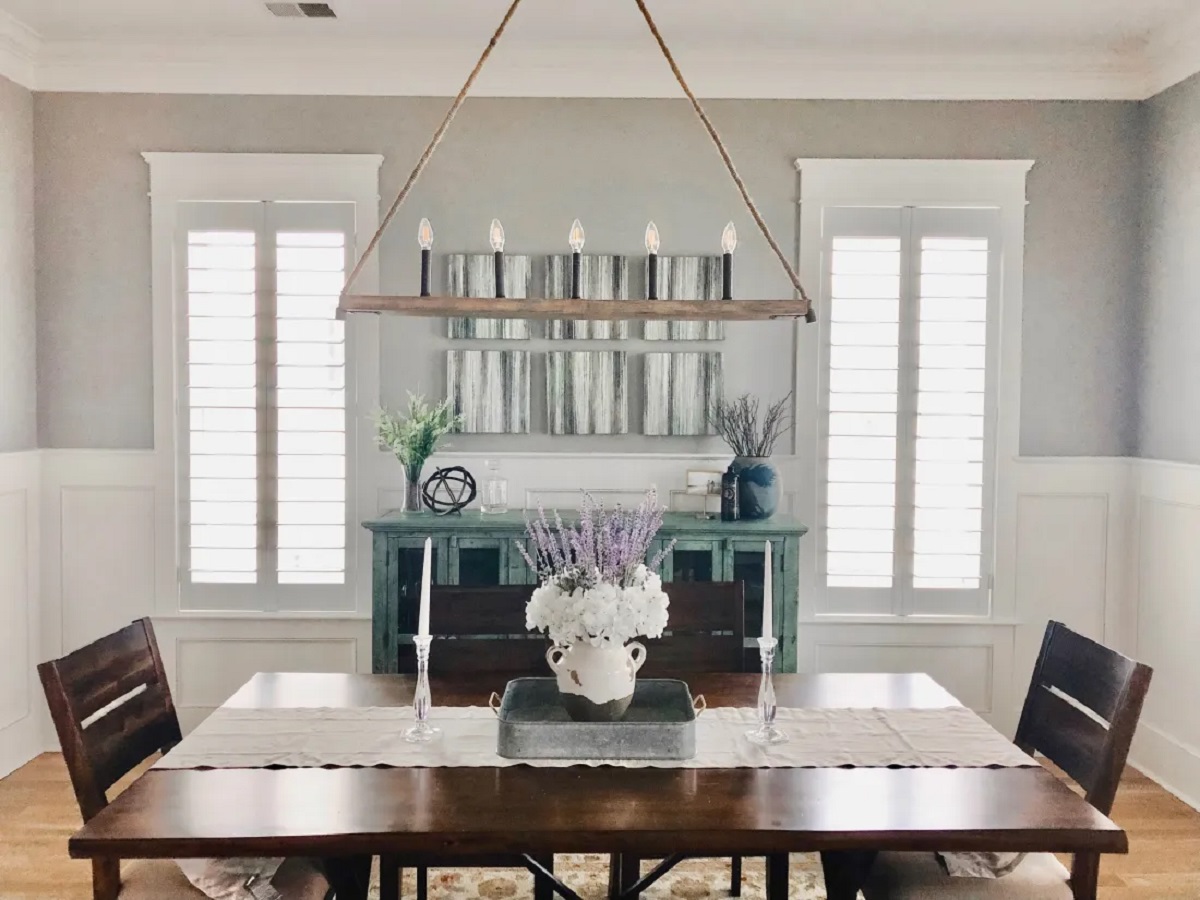
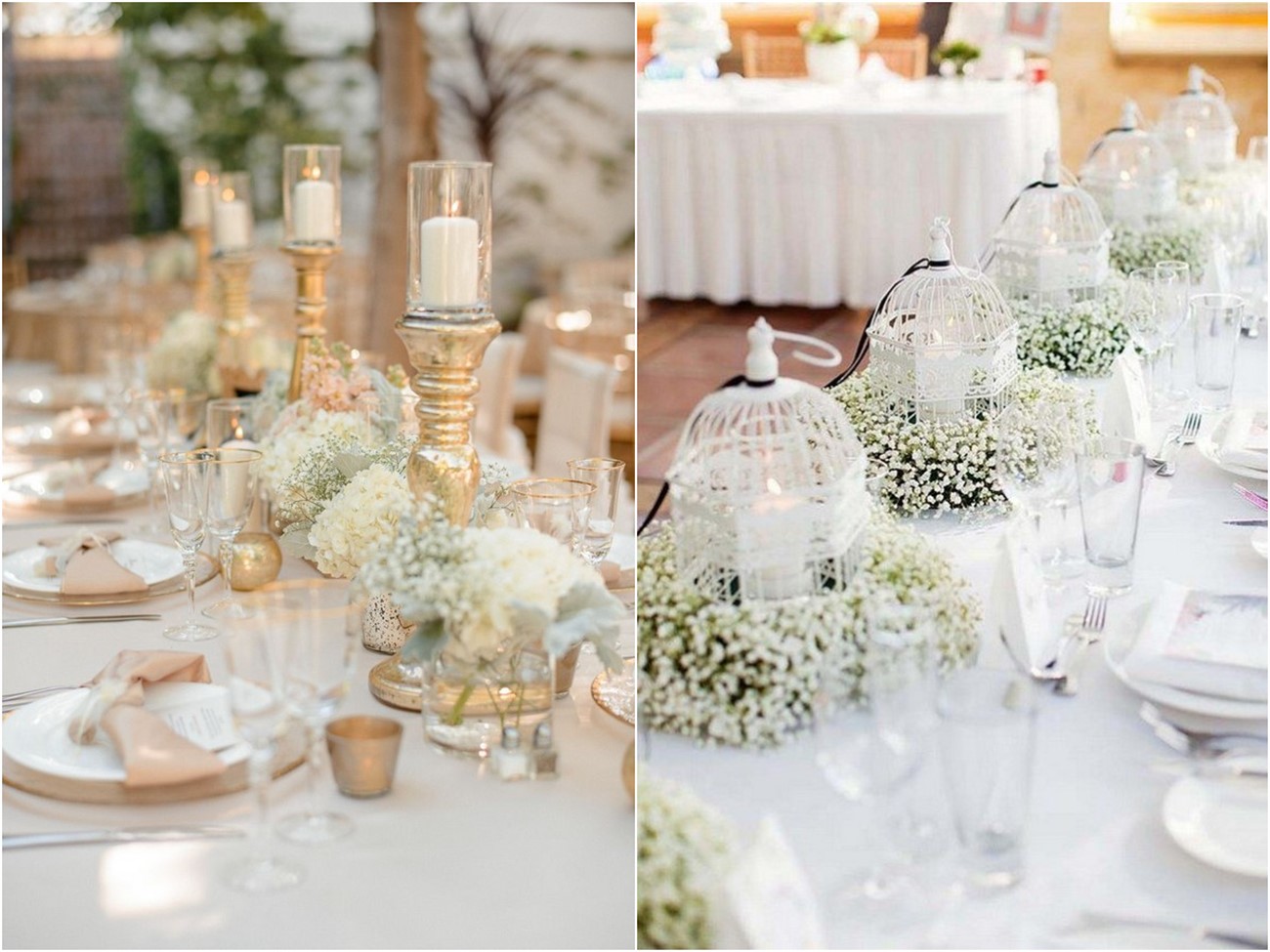
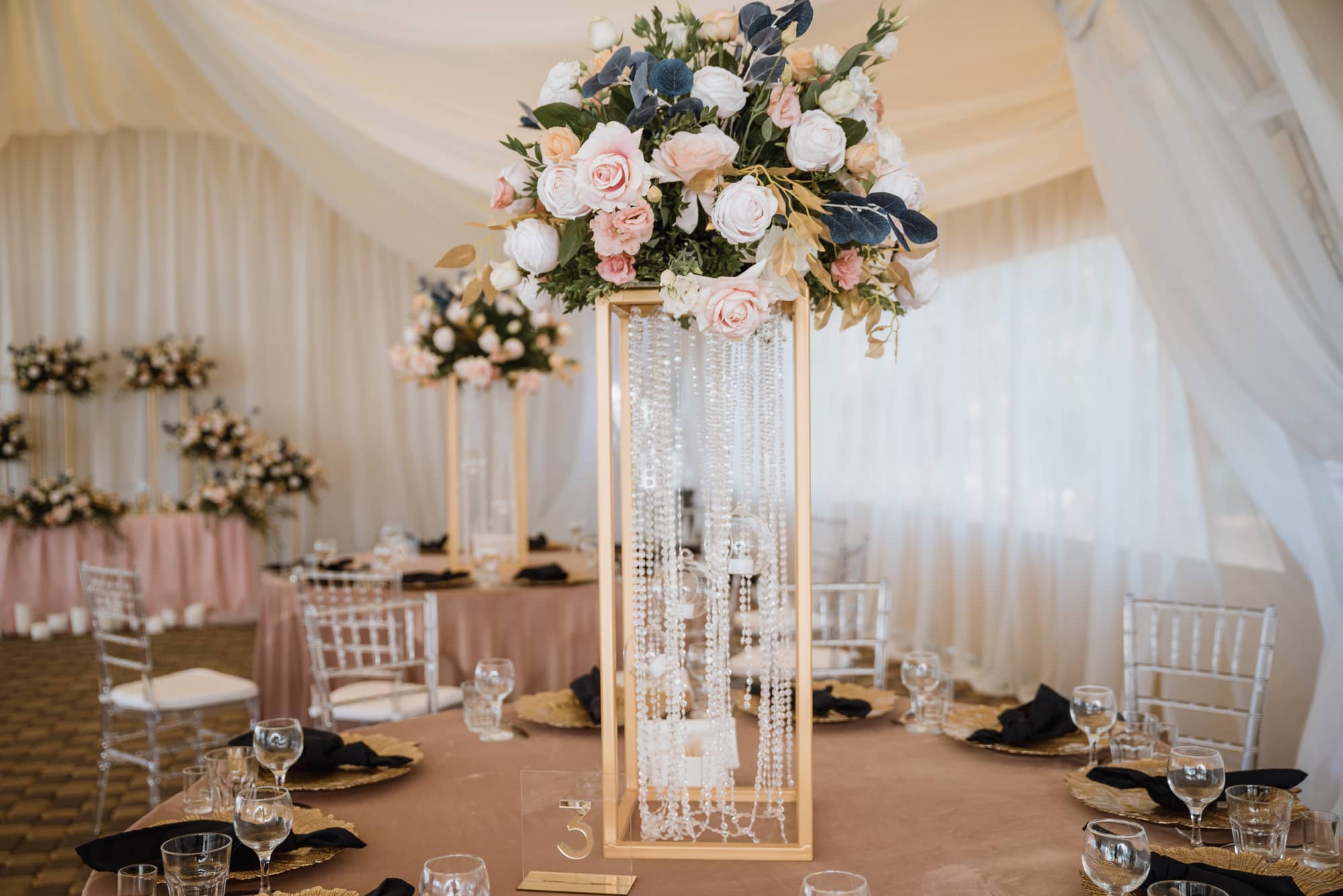
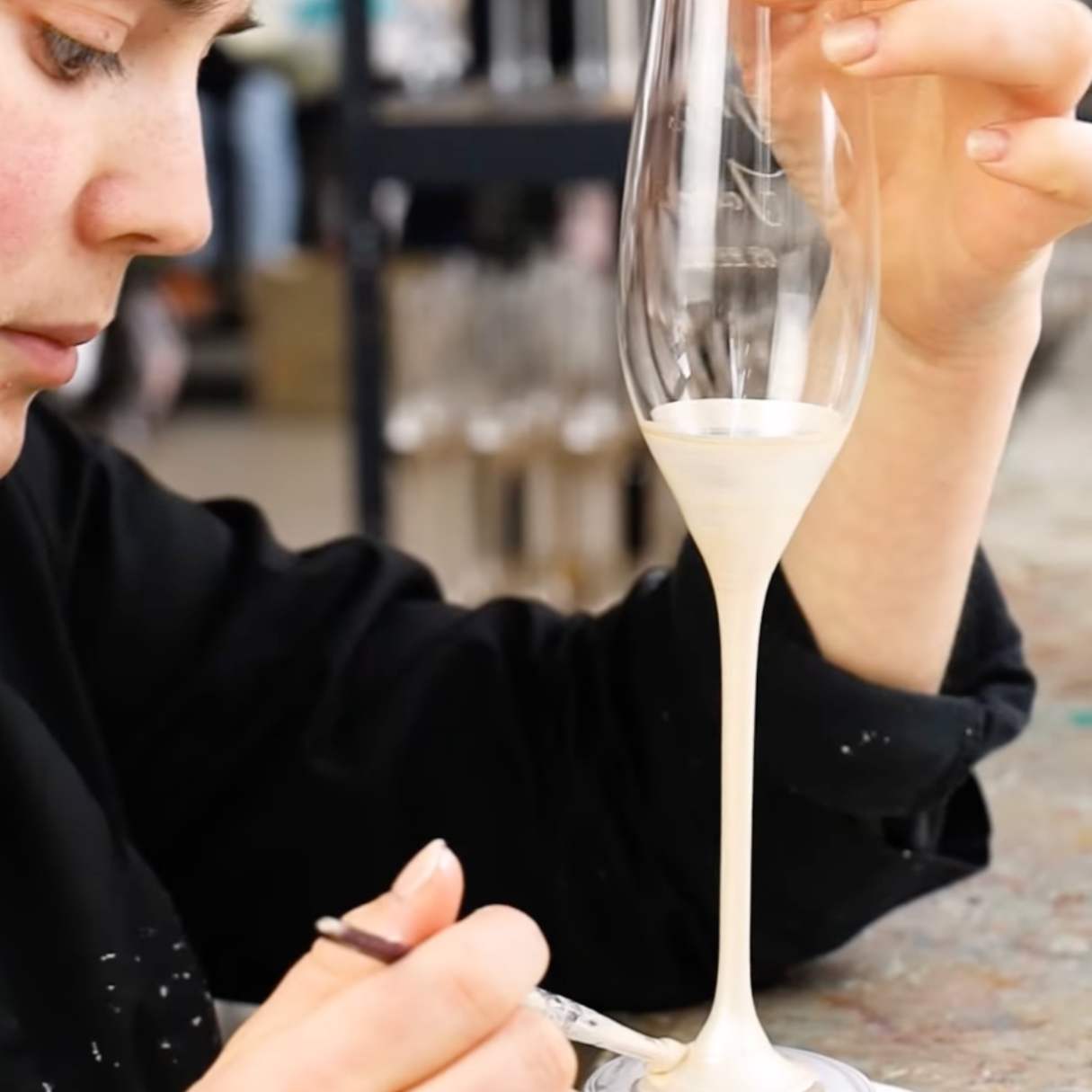
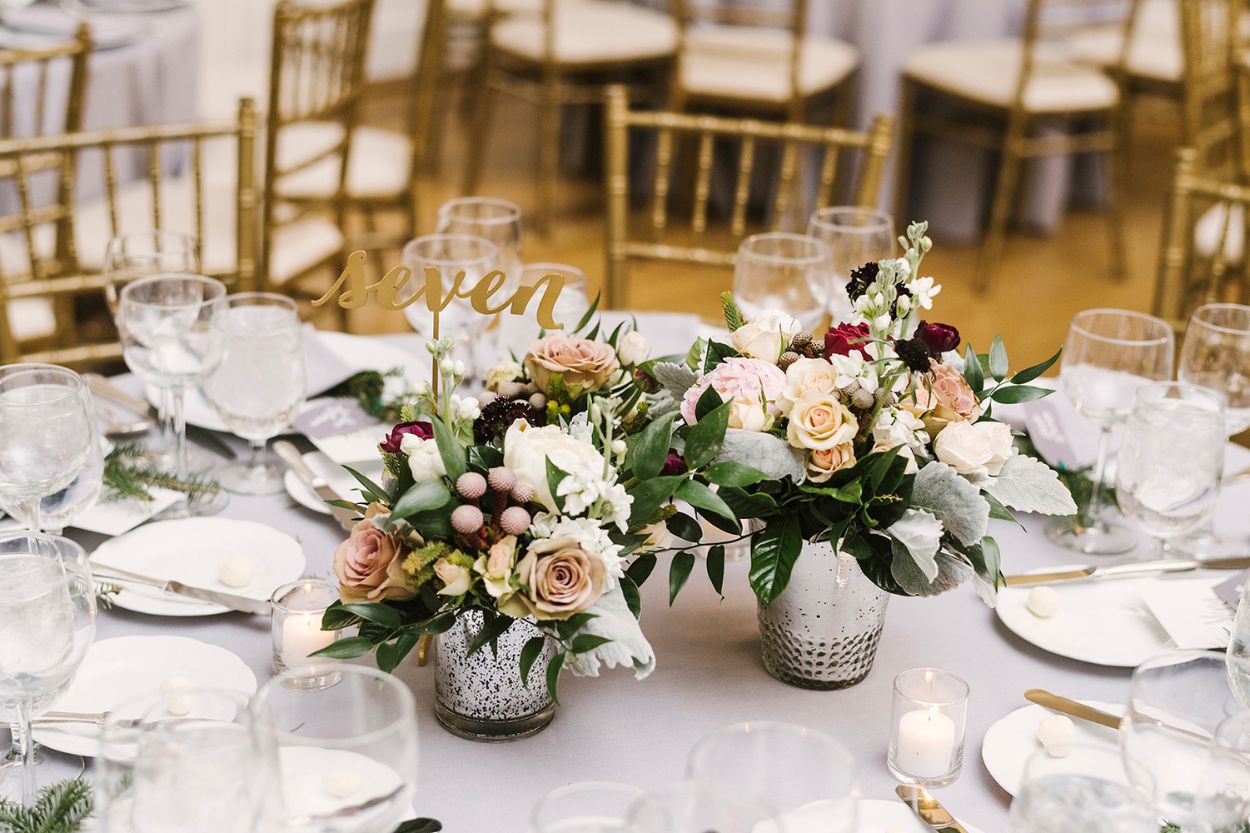
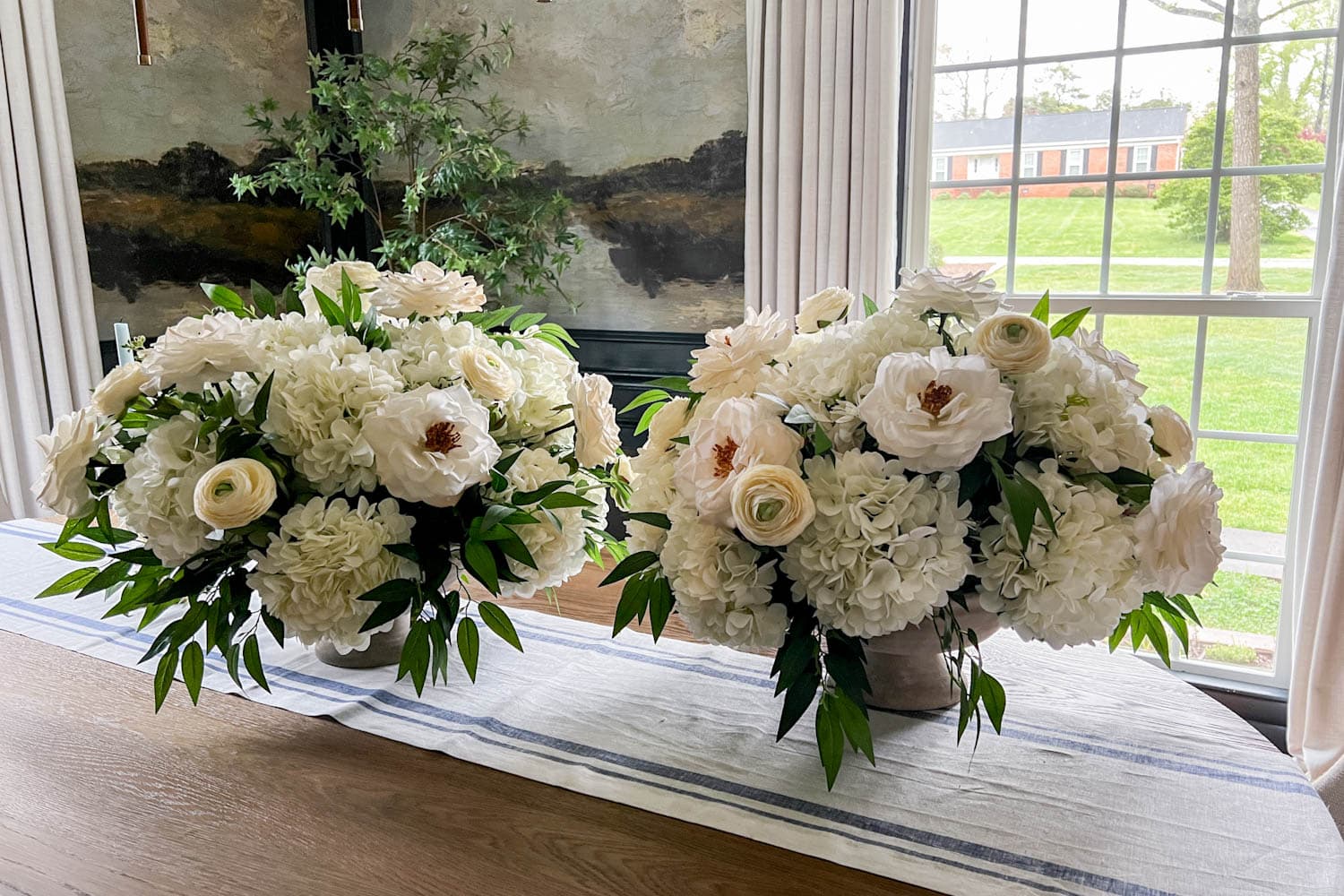

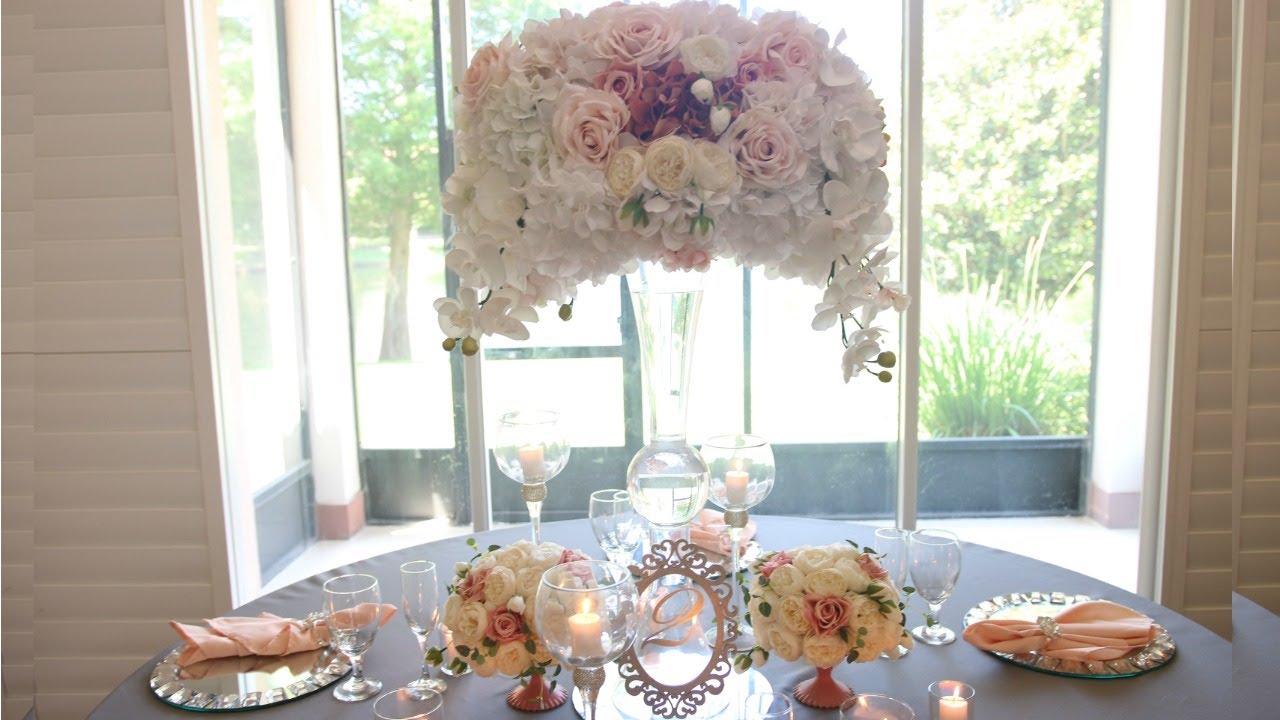
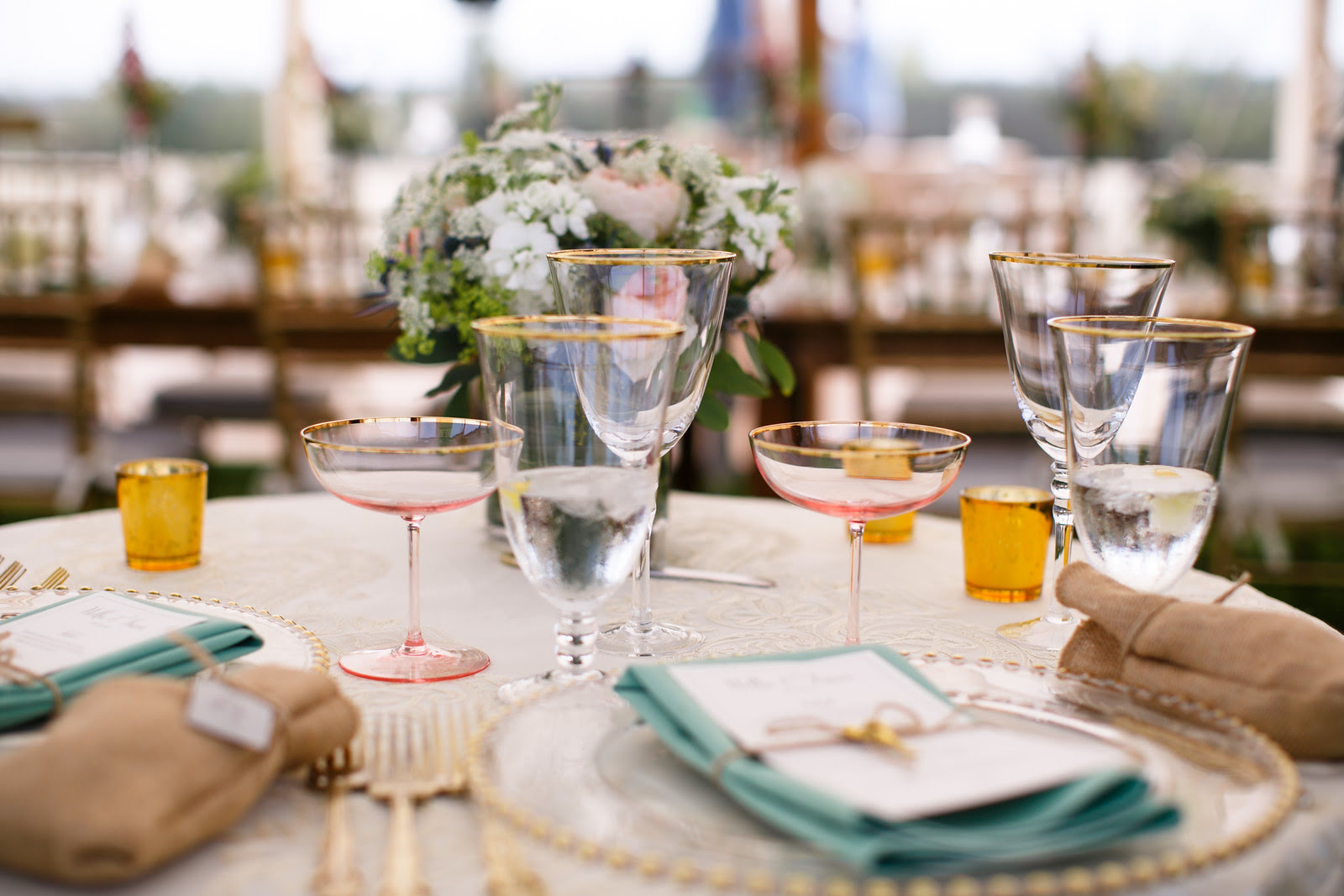
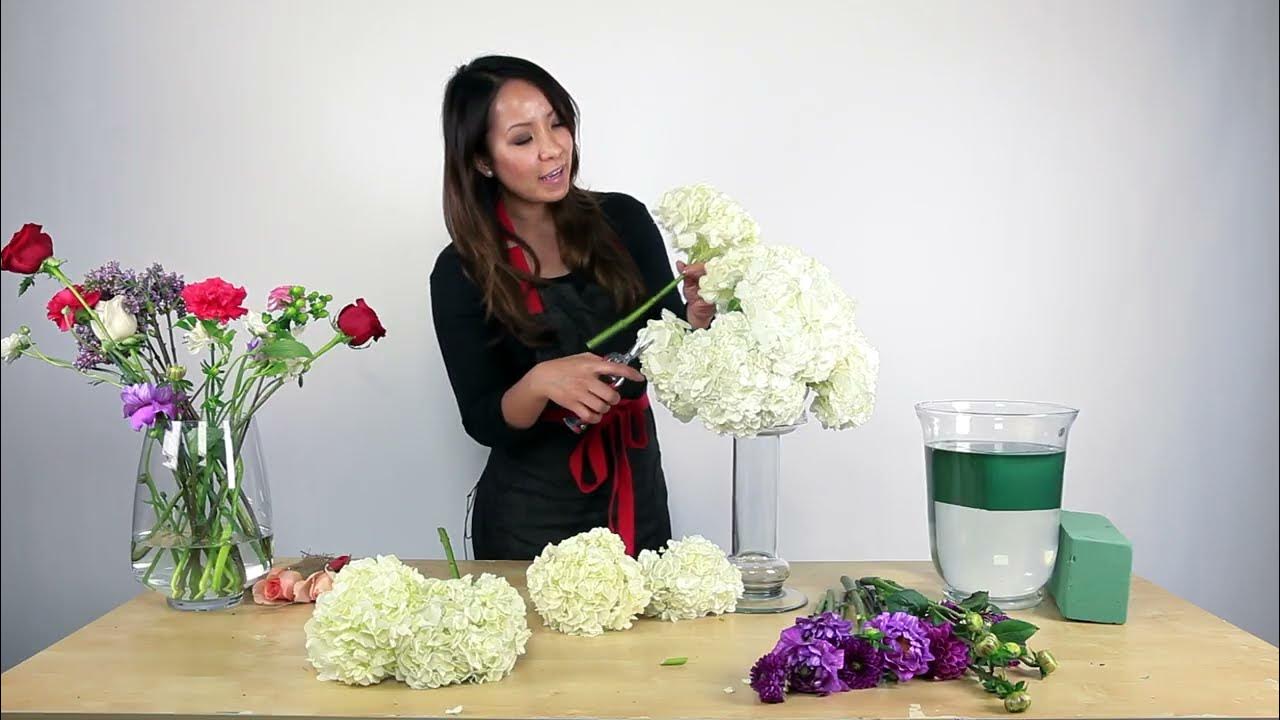


0 thoughts on “How To Set A Table For Buffet Style Wedding”